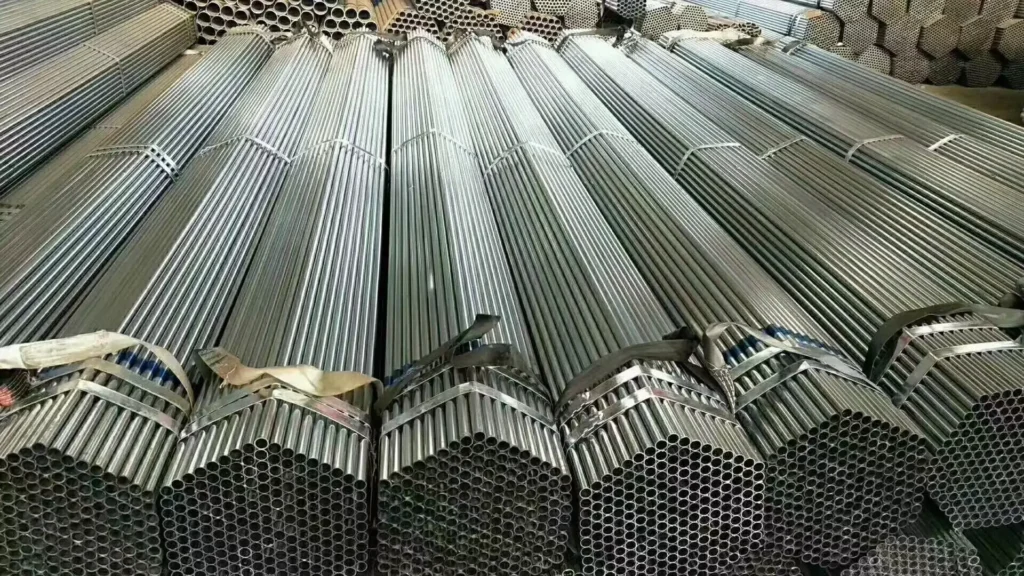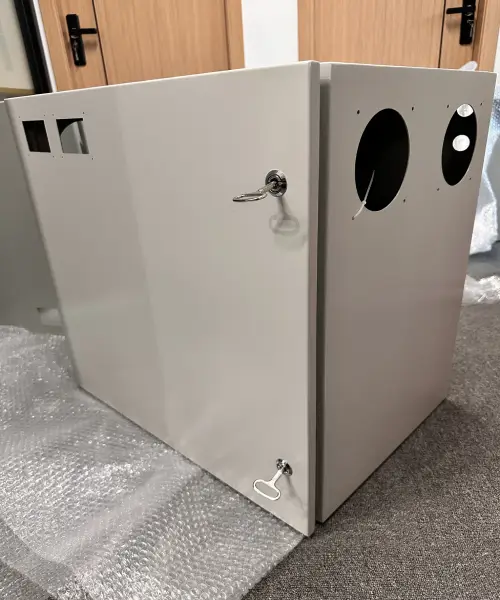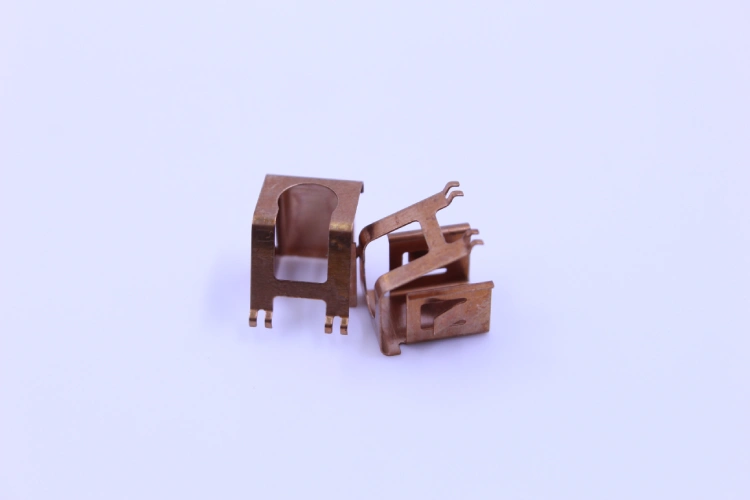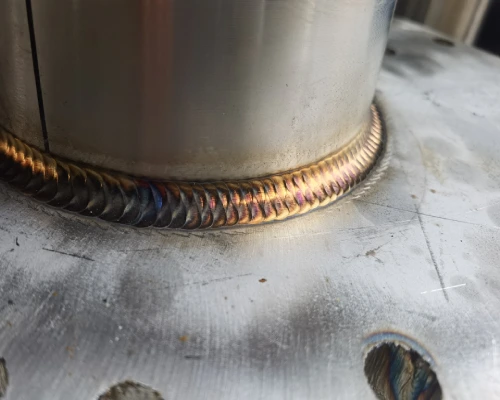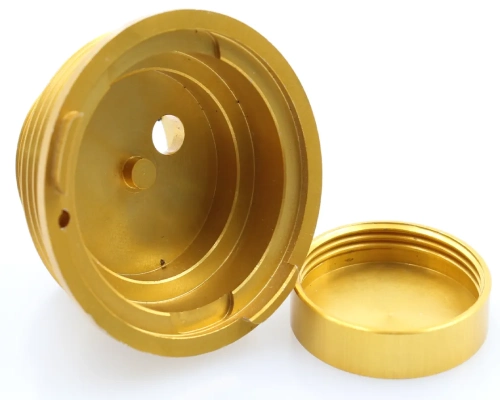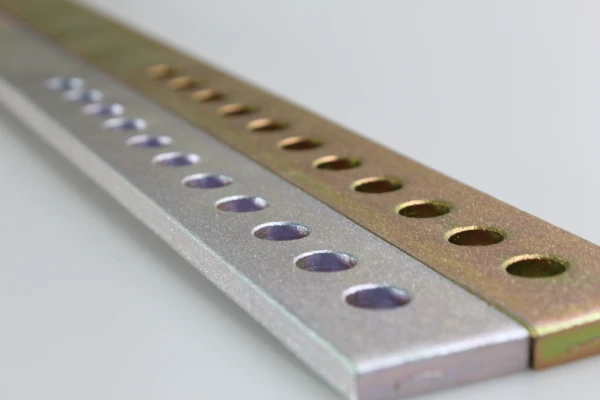The stainless steel pipe fabrication process begins with argon-oxygen decarburization refining, a critical step for achieving the precise chemical composition required for corrosion resistance. A critical juncture in the process is the forming stage: seamless stainless steel pipe fabrication employs rotary piercing or extrusion techniques, while welded structures utilize advanced joining technologies such as Gas Tungsten Arc Welding (GTAW) and high-frequency induction welding to ensure weld consistency.
Post-forming treatment is key to optimizing the performance of stainless steel pipe fabrication. Solution annealing at 1040-1150°C followed by rapid quenching redissolves carbides and restores corrosion resistance. Subsequent nitric acid/hydrofluoric acid pickling removes scale, while passivation enhances chromium oxide layer integrity. Comprehensive quality validation is conducted per ASTM A312 and ASME B36.19 standards.
Understanding the stainless steel pipe fabrication process is crucial for procurement personnel. The selection between seamless and welded structures, along with proper stainless steel grade selection, directly impacts the performance of stainless steel piping in corrosive environments such as chemical processing, oil and gas, and pharmaceutical applications. Each stage of stainless steel pipe fabrication determines the mechanical properties, corrosion resistance, and structural reliability of the piping under operational conditions.
Raw Materials and Melting Processes for Stainless Steel Pipe Fabrication
Precise material specifications and controlled metallurgical processes form the foundation of high-performance stainless steel pipe fabrication. These directly influence the mechanical properties, corrosion resistance, and suitability for specific industrial applications of stainless steel pipes.
Types of Raw Materials for Stainless Steel Pipe Fabrication
Material selection is a fundamental step in stainless steel pipe fabrication. While standard 304/L grade stainless steel materials can meet general corrosive service requirements, critical applications necessitate precise alloy evaluation.
In stainless steel pipe fabrication, we primarily utilize austenitic 300 series alloys. Chromium (minimum 16%) provides fundamental corrosion resistance by forming a passive film. Nickel content (8-12% in 304) stabilizes the austenitic structure, enhancing formability and toughness. In high-chloride environments, 316/L stainless steel containing 2-3% molybdenum exhibits exceptional resistance to pitting corrosion, making it an ideal material for stainless steel pipe fabrication. Welded components require "L" grade stainless steel with carbon content capped at 0.03% to prevent sensitization.
Melting and Casting of High-Performance Stainless Steel Pipe Fabrication
Advanced melting processes are critical for achieving metallurgical purity and homogeneity. High-performance stainless steel pipe fabrication employs argon-oxygen decarburization (AOD) technology, which precisely controls the decarburization process through argon gas injection while minimizing chromium loss. This process maintains carbon content below 0.03% while preserving the target chromium content ratio.
Following AOD, high performance stainless steel pipe fabrication requires vacuum oxygen decarburization (VOD) to meet ultra-low carbon and sulfur specifications, particularly for nuclear power or demanding service conditions. Subsequent continuous casting must maintain controlled solidification rates to prevent segregation and inclusion formation. The resulting billets or slabs exhibit uniform chemical composition and fine-grained microstructure—critical prerequisites for subsequent hot working operations and ultimate mechanical properties in stainless steel pipe fabrication.
Heat Treatment and Acid Pickling/Passivation of Stainless Steel Pipe Fabrication
Solution Treatment
Solution annealing is the most critical heat treatment process for stainless steel pipe fabrication. This process involves heating the material to 1040-1150°C (exact temperature depends on stainless steel grade) to dissolve chromium carbides that may precipitate during welding or hot forming.
Following adequate soaking time, water quenching or controlled atmosphere quenching is essential to maintain carbon stability within the solid solution. Quenching rates for stainless steel pipe fabrication must be precisely controlled to prevent deformation while achieving the desired microstructure. Properly executed solution annealing ensures optimal mechanical properties and maximum resistance to intergranular corrosion.
Pickling and Passivation
Surface treatment of stainless steel pipe fabrication restores material corrosion resistance. Pickling removes heat-treated scale and chromium depletion layers by immersion in nitric acid/hydrofluoric acid solutions, dissolving embedded iron contaminants and thermal discoloration.
Subsequent passivation using nitric acid or citric acid promotes the formation of a continuous chromium-rich oxide layer—the primary corrosion barrier for stainless steel pipes. These surface treatment processes are not cosmetic treatments but fundamental steps for achieving specified corrosion resistance, particularly critical in pharmaceutical and food processing industries.
Rapid Prototype Turnaround
Committed to exceeding expectations for quality and rapid turnaround, and meeting high-quality sheet metal parts.
On-Demand Sheet Metal
Whether it is rapid prototyping & large-volume manufacturing, we will implement it according to customer needs and standards.
Real Fabricators Price
Integrate product design, bending, stamping, cutting, surface treatment, etc. to provide a series of manufacturing solutions.
The Transformation of Stainless Steel Pipe Fabrication: From Solid to Hollow
The transition from solid raw material to hollow tubular structure is pivotal in stainless steel pipe fabrication, significantly impacting the performance characteristics and applicability of stainless steel pipes.
Key Processes in Seamless Stainless Steel Pipe Fabrication: Piercing and Rolling
Its core advantage lies in the continuous grain structure and uniform mechanical properties, making it suitable for demanding environments such as high pressure, high temperature, or high corrosion.
Piercing Process
As the primary operation in seamless stainless steel pipe fabrication, the piercing process determines the initial internal quality of the pipe blank. The Mannesmann piercing process serves as the industry standard. It employs a rotary piercing mill to process heated cylindrical billets. Utilizing precisely angled rolls and a piercing point, it forms a continuous internal cavity through cross-rolling compression.
Rolling Technology
After piercing, the bright tube must undergo rolling to achieve the target dimensions, precision, and mechanical properties.
Hot rolling: Primarily used to reduce diameter and wall thickness.
Cold rolling: For high-performance stainless steel pipe fabrication, cold rolling is a critical process. It achieves significant deformation through repeated rolling passes, not only yielding high dimensional accuracy and excellent surface finish but also substantially enhancing material strength and toughness.
Stainless steel pipe Welding Processes
Stainless steel pipe fabrication welding processes are widely adopted across various industrial sectors due to their high productivity, cost-effectiveness, and superior wall thickness uniformity.
Gas Tungsten Arc Welding (GTAW)
GTAW, also known as TIG welding, utilizes a non-consumable tungsten electrode and inert gas shielding (typically argon) to generate an arc for welding. Its concentrated heat input produces aesthetically pleasing weld bead profiles, making it particularly suitable for applications demanding high purity, such as piping systems in the biopharmaceutical and food industries compliant with ASME BPE standards. During stainless steel pipe fabrication and welding, precise control of current, welding speed, and shielding gas purity is essential to ensure weld metal chemistry matches the base material and prevent oxidation.
High-Frequency (HF) Technology: Resistance Welding and Induction Welding
High-frequency welding is an efficient method for continuous forming in stainless steel pipe fabrication and welding.
High-frequency resistance welding: Current is introduced through contact electrodes.
High-frequency induction welding: Current is introduced via coupling through an external induction coil.
Both utilize the skin effect and proximity effect to instantly heat the edges of the steel strip to a molten state, achieving bonding under the action of squeeze rollers. This welding process is highly efficient, but the weld zone exhibits a cast structure with grain size and mechanical properties differing from the rolled base material.
Laser and Plasma Arc Welding
Laser Welding: Characterized by extremely high energy density, narrow heat-affected zone, high welding speed, and minimal distortion, it is highly suitable for precision welding of thin-walled stainless steel pipe fabrication.
Plasma Arc Welding: Offers greater penetration than TIG welding and faster welding speeds, making it applicable for stainless steel pipe fabrication and welding involving specific wall thicknesses and materials.
Weld Management
Post-weld Heat Treatment: For GTAW or HFW welds, stainless steel pipes typically require solution heat treatment to eliminate stresses and intergranular carbides generated during fabrication. This homogenizes the microstructure of the weld and heat-affected zone with the base material, restoring corrosion resistance.
Weld Smoothing: Mechanically finishing the inner surface of stainless steel pipes to ensure fluid conveyance requirements are met and to enhance appearance.
Quality Verification: Performing non-destructive testing on welds according to relevant standards to ensure weld integrity and tightness.
Are you looking for reliable & cost-effective
China Sheet Metal Fabricators
More than 150,000 OEM metal fabrication products delivered to 5,000+ global buyers.
And benefit from it!
Finishing and Inspection of Stainless Steel Pipe Fabrication
The finishing and inspection stage serves as the final control process to ensure the dimensional accuracy and reliable performance of stainless steel pipe fabrication.
Finishing
The finishing process of stainless steel pipe fabrication determines the final dimensional precision, straightness, and surface quality. This process begins with sizing and straightening: Cold-worked pipes pass through a straightening machine, where repeated multi-roll bending eliminates internal stresses, ensuring straightness deviations comply with standards like ASTM A999. Subsequently, pipes enter a sizing machine, controlling outer diameter and wall thickness tolerances within ±0.1mm.
Inspection
The inspection system of stainless steel pipe fabricators serves as the final safeguard for ensuring stainless steel pipe quality.
Non-Destructive Testing
Eddy current testing: Used for rapid screening of surface and near-surface defects.
Ultrasonic testing: Primarily employed for precise detection of internal defects and wall thickness measurement.
Hydrotesting: Verifies pressure-bearing capacity and overall structural integrity under specified standard pressures.
Destructive Testing and Chemical Analysis
Stainless steel pipe fabricators extract test specimens from each batch of products.
Tensile Test: Verifies tensile strength and elongation at break.
Flattening Test or Flare Test: Evaluates process plasticity.
Intergranular Corrosion Test: Assesses the material’s resistance to intergranular corrosion.
Chemical Composition Analysis: Strictly verified via spectrometer to ensure elemental content meets standard requirements.
Why choose Supro MFG's stainless steel pipe fabricated Services
Provide the most cost-effective cost solution for manufacturing and assembling products, expanding product competitiveness.
a technical team specializing in custom shell manufacturing for more than 30 years.
Advanced Manufacturing Equipment: Industry-leading custom metal enclosure manufacturer with in-house sheet metal, die casting, precision machining workshops, and surface coating workshops.
ISO 9001-2015, PPAP III level, RoHS, NEMA, CE and other certified production standards.
24H*7 online English technical support: The professional English team responds quickly to users’ technical questions online at any time.
help users from product design, prototype, batch manufacturing, surface treatment, assembly and packaging, transportation and a series of value-added services.
With in-house mechanics and chemistry laboratories, it can quickly monitor manufacturing process quality control to ensure the delivery of high-quality products.
Accept to sign NDA documents to ensure that customers’ product information is protected.
Door-to-door delivery in customizable secure packaging after complying with the delivery details agreed with the customer.

Applications of Stainless Steel Pipe Fabrication Products
Across various industrial sectors, stainless steel pipe fabrication products play a critical role in demanding operating conditions, with different fabrication processes significantly impacting the final product's performance.
304 and 316 Stainless Steel Pipe Fabrication Products
304 and 316 stainless steel form the foundation of piping systems, with selection dependent on precise assessment of the application environment.
316 stainless steel pipe fabrication products: The preferred specification for coastal building curtain walls, marine equipment, chemical processing plant piping systems, and other corrosive medium applications.
304 stainless steel pipe fabrication products: The standard material for food processing, household goods, and general building structures.
Industry Applications
Oil and Gas Sector: Particularly for demanding subsea pipelines, super duplex stainless steel pipe fabrication products (e.g., SAF 3207 HD) are frequently employed. These offer exceptionally high tensile strength (980–1180 MPa) and outstanding resistance to chloride stress corrosion cracking, enabling them to withstand high pressures and low temperatures in deepwater environments.
Chemical Processing Industry: High-pressure piping in urea plants commonly employs DP28W duplex stainless steel pipe fabrication products. These exhibit outstanding corrosion resistance in urea-carbamide solutions and effectively resist stress corrosion cracking.
Power Plant Boilers: Seamless stainless steel pipe fabrication products like S30432 (ASME SA-213 TP310HCbN) are required for superheater and reheater sections to ensure sustained strength and oxidation resistance under high-temperature, high-pressure conditions.
Liquefied Natural Gas (LNG) Sector: Piping transporting cryogenic fluids at -162°C demands materials with superior low-temperature toughness. Therefore, 304L and 316L grade stainless steel pipe fabrication products, after undergoing specific welding and heat treatment processes, are extensively utilized in process piping systems for LNG receiving terminals and storage tanks.
Several Processes for Fabricated Stainless Steel Pipe
Stainless Steel Pipe Cutting
Cutting is the first step in fabricated stainless steel pipe production, and its quality directly impacts the precision of subsequent welding and assembly. In practice, we have found that combining LGK air plasma cutters with magnetic pipe cutters yields flat, smooth, and easily grindable cut edges.
Additionally, processes like laser cutting and waterjet cutting are suitable for complex contour cutting. These methods produce fabricated stainless steel pipes with minimal heat-affected zones, effectively ensuring cut quality and reducing subsequent cleanup work.
Stainless Steel Pipe Forming and Bending
Bending is the core forming process for achieving spatial layouts in piping systems. Mandrel bending technology is highly suitable for small-radius bending of fabricated stainless steel pipes. For large-radius bending or manufacturing spiral pipe fittings, three-roll bending offers a more economical and efficient alternative.
Connections and Assembly
In thin-walled stainless steel structures, screw connections are the preferred solution for framing and cladding systems due to their simplicity, cost-effectiveness, and reliability. For fabricated stainless steel pipes, tungsten inert gas (TIG) welding is the connection method that best ensures weld purity, performance, and compatibility with the base material.
Post-Processing and Finishing
Post-processing enhances product aesthetics, durability, and functionality. Techniques like shot peening and laser shock peening improve fatigue life and stress corrosion resistance in stainless steel pipe fabrication products.
Surface treatments such as electropolishing achieve mirror-like finishes that not only enhance appearance but also reduce surface adsorption, preventing bacterial retention.
No design files? Let Supro MFG do it for you.
We often come across clients who have no professional design drawings and documentation, only a creative idea, which leads to the project being at a standstill.
If you are in this situation, then contact our team of experts.
Supro MFG, as an industry-leading custom metal fabricator, has an ever-experienced team of engineers who utilize their extensive fabrication experience and technical expertise to build your idea into a real product and create design files such as STEP/STP/SLDPRT/DXF/PDF/PRT/DWG/AI.
That’s what makes SUPRO MFG so great, and 2,000 corporate, entrepreneurial, artist, and other purchasers from around the world enjoy working with us and benefiting from our one-stop manufacturing services.
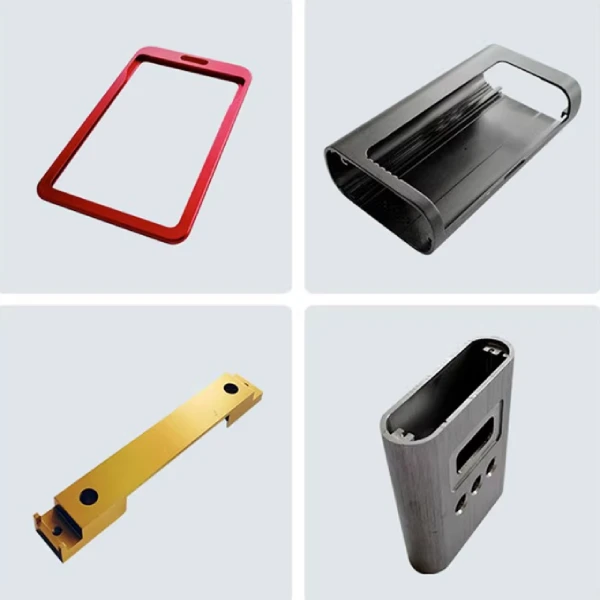
Get An Instant Quote Now!
Supro is a professional stainless steel fabrication manufacturer. Leveraging advanced equipment, extensive manufacturing experience, and a specialized engineering team, we provide perfect stainless steel processing solutions to over 3,000 companies worldwide, offering genuine manufacturer pricing.
We deliver diverse products efficiently and on schedule. From product design and rapid sheet metal prototype fabrication to mass production, we provide expert technical support and exceptional quality. We offer one-stop manufacturing solutions and highly cost-competitive product supply!
If you are looking for custom stainless steel pipe fabricated Suppliers, please contact us now,

